作者:谢泽华
背景
众所周知单个机房在出现不可抗拒的问题(如断电、断网等因素)时,会导致无法正常提供服务,会对业务造成潜在的损失。所以在协同办公领域,一种可以基于同城或异地多活机制的高可用设计,在保障数据一致性的同时,能够最大程度降低由于机房的仅单点可用所导致的潜在高可用问题,最大程度上保障业务的用户体验,降低单点问题对业务造成的潜在损失显得尤为重要。
同城双活,对于生产的高可用保障,重大的意义和价值是不可言喻的。表面上同城双活只是简单的部署了一套生产环境而已,但是在架构上,这个改变的影响是巨大的,无状态应用的高可用管理、请求流量的管理、版本发布的管理、网络架构的管理等,其提升的架构复杂度巨大。
结合真实的协同办公产品:京办(为北京市政府提供协同办公服务的综合性平台)生产环境面对的复杂的政务网络以及京办同城双活架构演进的案例,给大家介绍下京办持续改进、分阶段演进过程中的一些思考和实践经验的总结。本文仅针对 ES 集群在跨机房同步过程中的方案和经验进行介绍和总结。
架构
1.部署 Logstash 在金山云机房上,Logstash 启动多个实例(按不同的类型分类,提高同步效率),并且和金山云机房的 ES 集群在相同的 VPC
2.Logstash 需要配置大网访问权限,保证 Logstash 和 ES 原集群和目标集群互通。
3.数据迁移可以全量迁移和增量迁移,首次迁移都是全量迁移后续的增加数据选择增量迁移。
4.增量迁移需要改造增加识别的增量数据的标识,具体方法后续进行介绍。
原理
Logstash 工作原理
Logstash 分为三个部分 input 、filter、ouput:
1.input 处理接收数据,数据可以来源 ES,日志文件,kafka 等通道.
2.filter 对数据进行过滤,清洗。
3.ouput 输出数据到目标设备,可以输出到 ES,kafka,文件等。
增量同步原理
对于 T 时刻的数据,先使用 Logstash 将 T 以前的所有数据迁移到有孚机房京东云 ES,假设用时∆T
对于 T 到 T+∆T 的增量数据,再次使用 logstash 将数据导入到有孚机房京东云的 ES 集群
重复上述步骤 2,直到∆T 足够小,此时将业务切换到华为云,最后完成新增数据的迁移
适用范围:ES 的数据中带有时间戳或者其他能够区分新旧数据的标签
流程
准备工作
1.创建 ECS 和安装 JDK 忽略,自行安装即可
2.下载对应版本的 Logstash,尽量选择与 Elasticsearch 版本一致,或接近的版本安装即可https://www.elastic.co/cn/downloads/logstash
1) 源码下载直接解压安装包,开箱即用
2)修改对内存使用,logstash 默认的堆内存是 1G,根据 ECS 集群选择合适的内存,可以加快集群数据的迁移效率。
3.迁移索引
Logstash 会帮助用户自动创建索引,但是自动创建的索引和用户本身的索引会有些许差异,导致最终数据的搜索格式不一致,一般索引需要手动创建,保证索引的数据完全一致。
以下提供创建索引的 python 脚本,用户可以使用该脚本创建需要的索引。
create_mapping.py 文件是同步索引的 python 脚本,config.yaml 是集群地址配置文件。
注:使用该脚本需要安装相关依赖
yum install -y PyYAMLyum install -y python-requests
复制代码
拷贝以下代码保存为 create_mapping.py:
import yamlimport requestsimport jsonimport getoptimport sys
def help(): print """ usage: -h/--help print this help. -c/--config config file path, default is config.yaml example: python create_mapping.py -c config.yaml """def process_mapping(index_mapping, dest_index): print(index_mapping) # remove unnecessary keys del index_mapping["settings"]["index"]["provided_name"] del index_mapping["settings"]["index"]["uuid"] del index_mapping["settings"]["index"]["creation_date"] del index_mapping["settings"]["index"]["version"]
# check alias aliases = index_mapping["aliases"] for alias in list(aliases.keys()): if alias == dest_index: print( "source index " + dest_index + " alias " + alias + " is the same as dest_index name, will remove this alias.") del index_mapping["aliases"][alias] if index_mapping["settings"]["index"].has_key("lifecycle"): lifecycle = index_mapping["settings"]["index"]["lifecycle"] opendistro = {"opendistro": {"index_state_management": {"policy_id": lifecycle["name"], "rollover_alias": lifecycle["rollover_alias"]}}} index_mapping["settings"].update(opendistro) # index_mapping["settings"]["opendistro"]["index_state_management"]["rollover_alias"] = lifecycle["rollover_alias"] del index_mapping["settings"]["index"]["lifecycle"] print(index_mapping) return index_mappingdef put_mapping_to_target(url, mapping, source_index, dest_auth=None): headers = {'Content-Type': 'application/json'} create_resp = requests.put(url, headers=headers, data=json.dumps(mapping), auth=dest_auth) if create_resp.status_code != 200: print( "create index " + url + " failed with response: " + str(create_resp) + ", source index is " + source_index) print(create_resp.text) with open(source_index + ".json", "w") as f: json.dump(mapping, f)def main(): config_yaml = "config.yaml" opts, args = getopt.getopt(sys.argv[1:], '-h-c:', ['help', 'config=']) for opt_name, opt_value in opts: if opt_name in ('-h', '--help'): help() exit() if opt_name in ('-c', '--config'): config_yaml = opt_value
config_file = open(config_yaml) config = yaml.load(config_file) source = config["source"] source_user = config["source_user"] source_passwd = config["source_passwd"] source_auth = None if source_user != "": source_auth = (source_user, source_passwd) dest = config["destination"] dest_user = config["destination_user"] dest_passwd = config["destination_passwd"] dest_auth = None if dest_user != "": dest_auth = (dest_user, dest_passwd) print(source_auth) print(dest_auth)
# only deal with mapping list if config["only_mapping"]: for source_index, dest_index in config["mapping"].iteritems(): print("start to process source index" + source_index + ", target index: " + dest_index) source_url = source + "/" + source_index response = requests.get(source_url, auth=source_auth) if response.status_code != 200: print("*** get ElasticSearch message failed. resp statusCode:" + str( response.status_code) + " response is " + response.text) continue mapping = response.json() index_mapping = process_mapping(mapping[source_index], dest_index)
dest_url = dest + "/" + dest_index put_mapping_to_target(dest_url, index_mapping, source_index, dest_auth) print("process source index " + source_index + " to target index " + dest_index + " successed.") else: # get all indices response = requests.get(source + "/_alias", auth=source_auth) if response.status_code != 200: print("*** get all index failed. resp statusCode:" + str( response.status_code) + " response is " + response.text) exit() all_index = response.json() for index in list(all_index.keys()): if "." in index: continue print("start to process source index" + index) source_url = source + "/" + index index_response = requests.get(source_url, auth=source_auth) if index_response.status_code != 200: print("*** get ElasticSearch message failed. resp statusCode:" + str( index_response.status_code) + " response is " + index_response.text) continue mapping = index_response.json()
dest_index = index if index in config["mapping"].keys(): dest_index = config["mapping"][index] index_mapping = process_mapping(mapping[index], dest_index)
dest_url = dest + "/" + dest_index put_mapping_to_target(dest_url, index_mapping, index, dest_auth) print("process source index " + index + " to target index " + dest_index + " successed.")
if __name__ == '__main__': main()
复制代码
配置文件保存为 config.yaml:
# 源端ES集群地址,加上http://source: http://ip:portsource_user: "username"source_passwd: "password"# 目的端ES集群地址,加上http://destination: http://ip:portdestination_user: "username"destination_passwd: "password"
# 是否只处理这个文件中mapping地址的索引# 如果设置成true,则只会将下面的mapping中的索引获取到并在目的端创建# 如果设置成false,则会取源端集群的所有索引,除去(.kibana)# 并且将索引名称与下面的mapping匹配,如果匹配到使用mapping的value作为目的端的索引名称# 如果匹配不到,则使用源端原始的索引名称only_mapping: true
# 要迁移的索引,key为源端的索引名字,value为目的端的索引名字mapping: source_index: dest_index
复制代码
以上代码和配置文件准备完成,直接执行 python create_mapping.py 即可完成索引同步。
索引同步完成可以取目标集群的 kibana 上查看或者执行 curl 查看索引迁移情况:
全量迁移
Logstash 配置位于 config 目录下。
用户可以参考配置修改 Logstash 配置文件,为了保证迁移数据的准确性,一般建议建立多组 Logstash,分批次迁移数据,每个 Logstash 迁移部分数据。
配置集群间迁移配置参考:
input{ elasticsearch{ # 源端地址 hosts => ["ip1:port1","ip2:port2"] # 安全集群配置登录用户名密码 user => "username" password => "password" # 需要迁移的索引列表,以逗号分隔,支持通配符 index => "a_*,b_*" # 以下三项保持默认即可,包含线程数和迁移数据大小和logstash jvm配置相关 docinfo=>true slices => 10 size => 2000 scroll => "60m" }}
filter { # 去掉一些logstash自己加的字段 mutate { remove_field => ["@timestamp", "@version"] }}
output{ elasticsearch{ # 目的端es地址 hosts => ["http://ip:port"] # 安全集群配置登录用户名密码 user => "username" password => "password" # 目的端索引名称,以下配置为和源端保持一致 index => "%{[@metadata][_index]}" # 目的端索引type,以下配置为和源端保持一致 document_type => "%{[@metadata][_type]}" # 目标端数据的_id,如果不需要保留原_id,可以删除以下这行,删除后性能会更好 document_id => "%{[@metadata][_id]}" ilm_enabled => false manage_template => false }
# 调试信息,正式迁移去掉 stdout { codec => rubydebug { metadata => true }}}
复制代码
增量迁移
预处理:
1、@timestamp 在 elasticsearch2.0.0beta 版本后弃用
https://www.elastic.co/guide/en/elasticsearch/reference/2.4/mapping-timestamp-field.html
2. 本次对于京办从金山云机房迁移到京东有孚机房,所涉及到的业务领域多,各个业务线中所代表新增记录的时间戳字段不统一,所涉及到的兼容工作量大,于是考虑通过 elasticsearch 中预处理功能 pipeline 进行预处理添加统一增量标记字段:gmt_created_at,以减少迁移工作的复杂度(各自业务线可自行评估是否需要此步骤)。
PUT _ingest/pipeline/gmt_created_at{ "description": "Adds gmt_created_at timestamp to documents", "processors": [ { "set": { "field": "_source.gmt_created_at", "value": "{{_ingest.timestamp}}" } } ]}
复制代码
3. 检查 pipeline 是否生效
4. 各个 index 设置对应 settings 增加 pipeline 为默认预处理
PUT index_xxxx/_settings{ "settings": { "index.default_pipeline": "gmt_created_at" }}
复制代码
5. 检查新增 settings 是否生效
增量迁移脚本
schedule-migrate.conf
index:可以使用通配符的方式
query: 增量同步的 DSL,统一 gmt_create_at 为增量同步的特殊标记
schedule: 每分钟同步一把,"* * * * *"
input {elasticsearch { hosts => ["ip:port"] # 安全集群配置登录用户名密码 user => "username" password => "password" index => "index_*" query => '{"query":{"range":{"gmt_create_at":{"gte":"now-1m","lte":"now/m"}}}}' size => 5000 scroll => "5m" docinfo => true schedule => "* * * * *" }}filter { mutate { remove_field => ["source", "@version"] }}output { elasticsearch { # 目的端es地址 hosts => ["http://ip:port"] # 安全集群配置登录用户名密码 user => "username" password => "password" index => "%{[@metadata][_index]}" document_type => "%{[@metadata][_type]}" document_id => "%{[@metadata][_id]}" ilm_enabled => false manage_template => false }
# 调试信息,正式迁移去掉stdout { codec => rubydebug { metadata => true }}}
复制代码
问题:
mapping 中存在 join 父子类型的字段,直接迁移报 400 异常
[2022-09-20T20:02:16,404][WARN ][logstash.outputs.elasticsearch] Could not index event to Elasticsearch. {:status=>400, :action=>["index", {:_id=>"xxx", :_index=>"xxx", :_type=>"joywork_t_work", :routing=>nil}, #<LogStash::Event:0x3b3df773>], :response=>{"index"=>{"_index"=>"xxx", "_type"=>"xxx", "_id"=>"xxx", "status"=>400, "error"=>{"type"=>"mapper_parsing_exception", "reason"=>"failed to parse", "caused_by"=>{"type"=>"illegal_argument_exception", "reason"=>"[routing] is missing for join field [task_user]"}}}}}
复制代码
解决方法:
https://discuss.elastic.co/t/an-routing-missing-exception-is-obtained-when-reindex-sets-the-routing-value/155140https://github.com/elastic/elasticsearch/issues/26183
结合业务特征,通过在 filter 中加入小量的 ruby 代码,将_routing 的值取出来,放回 logstah event 中,由此问题得以解决。
示例:

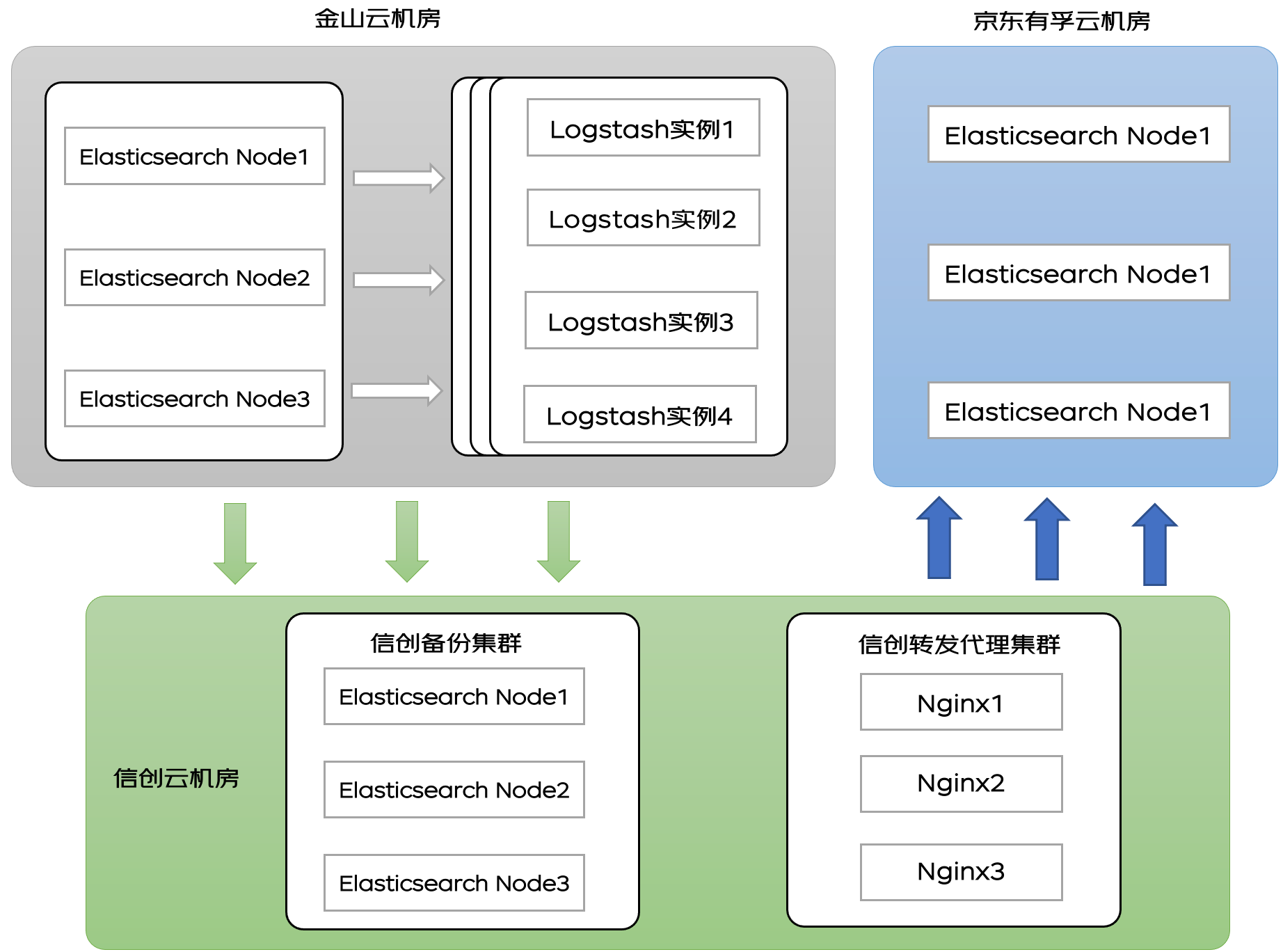
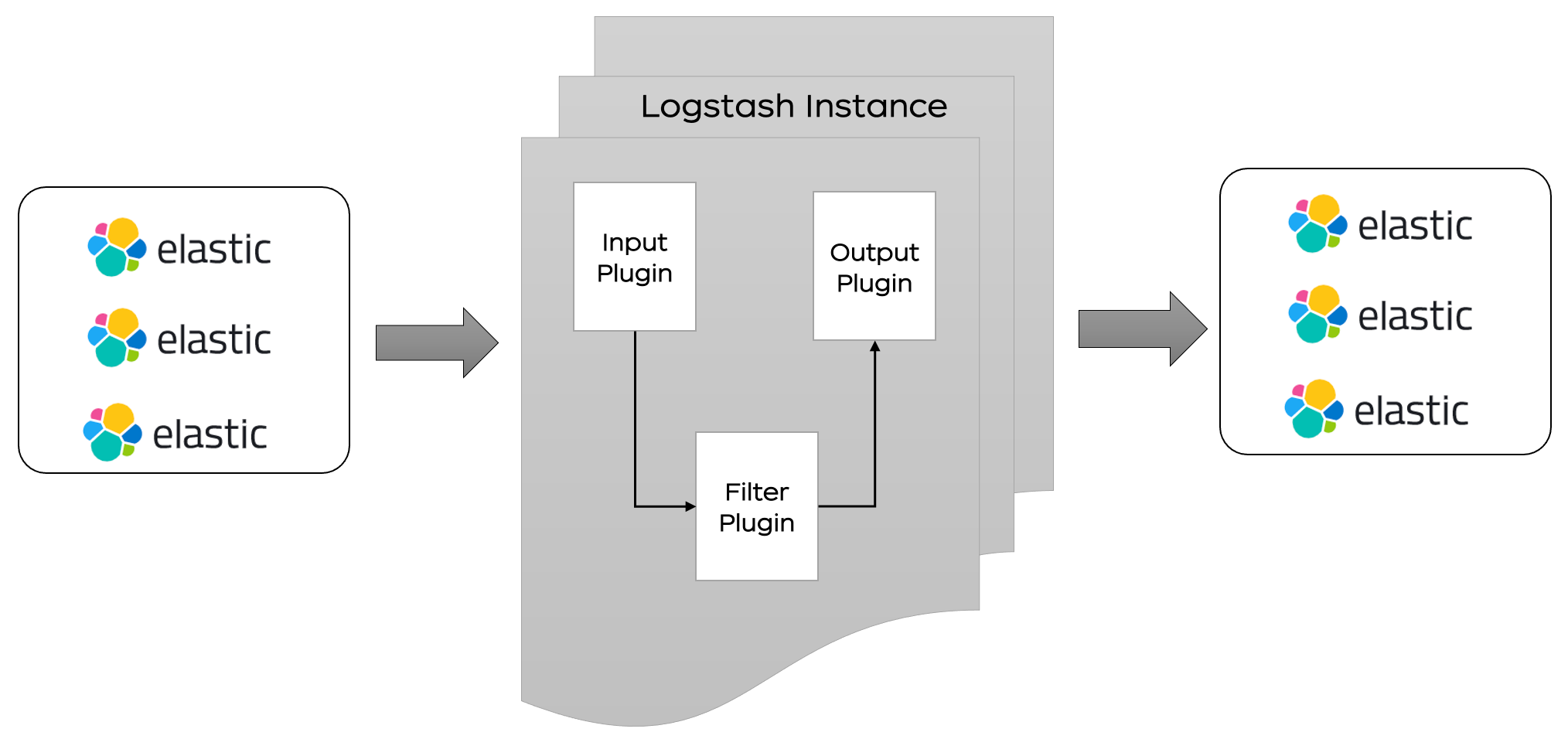


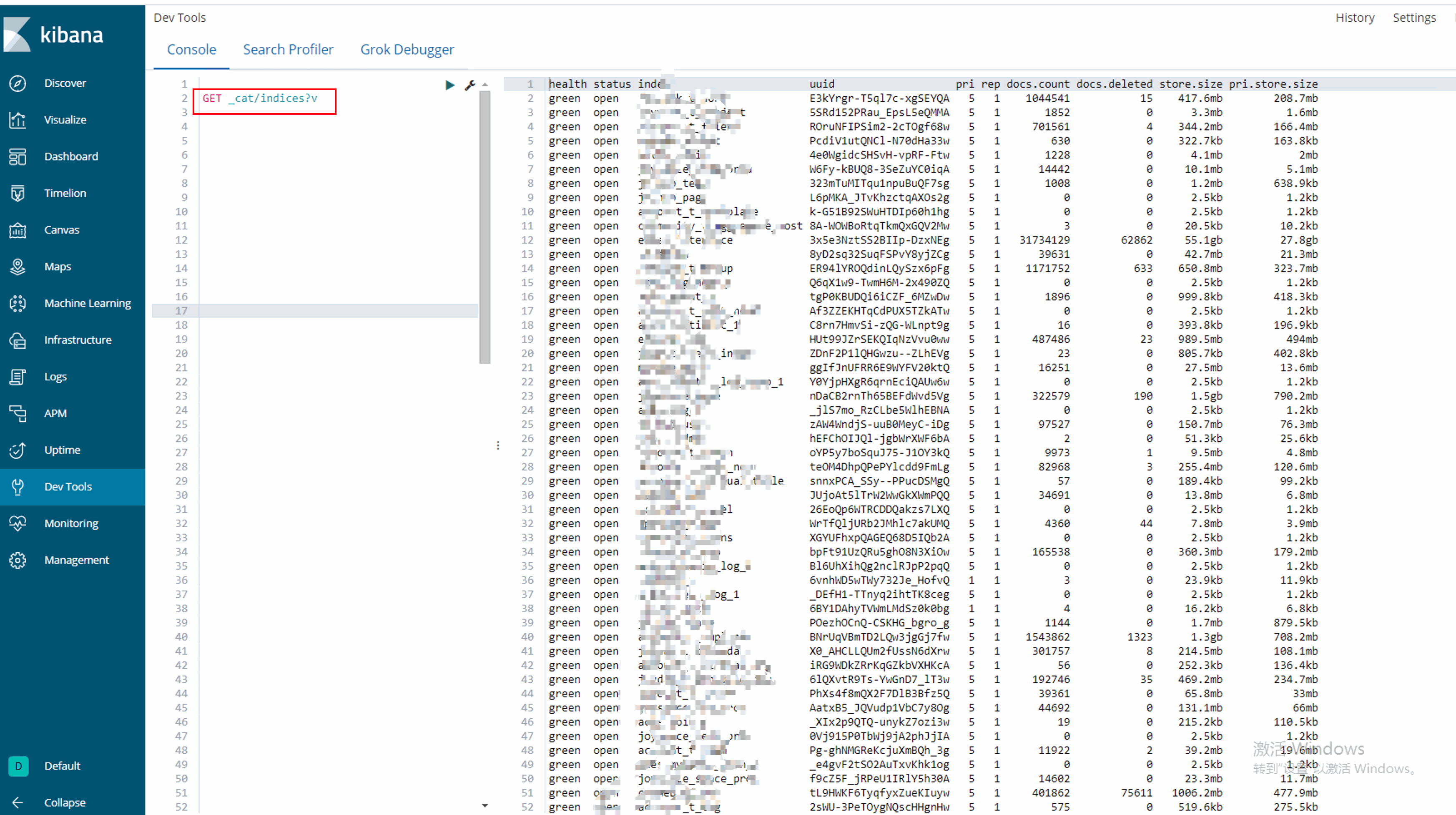
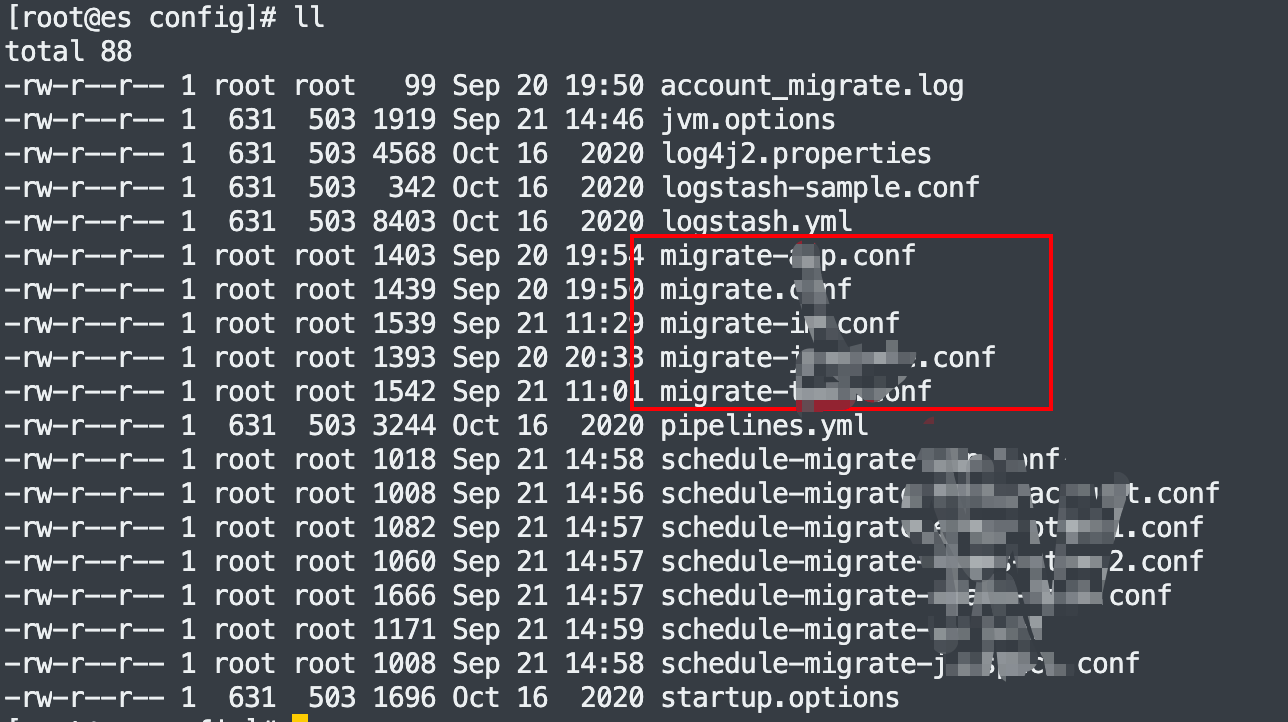
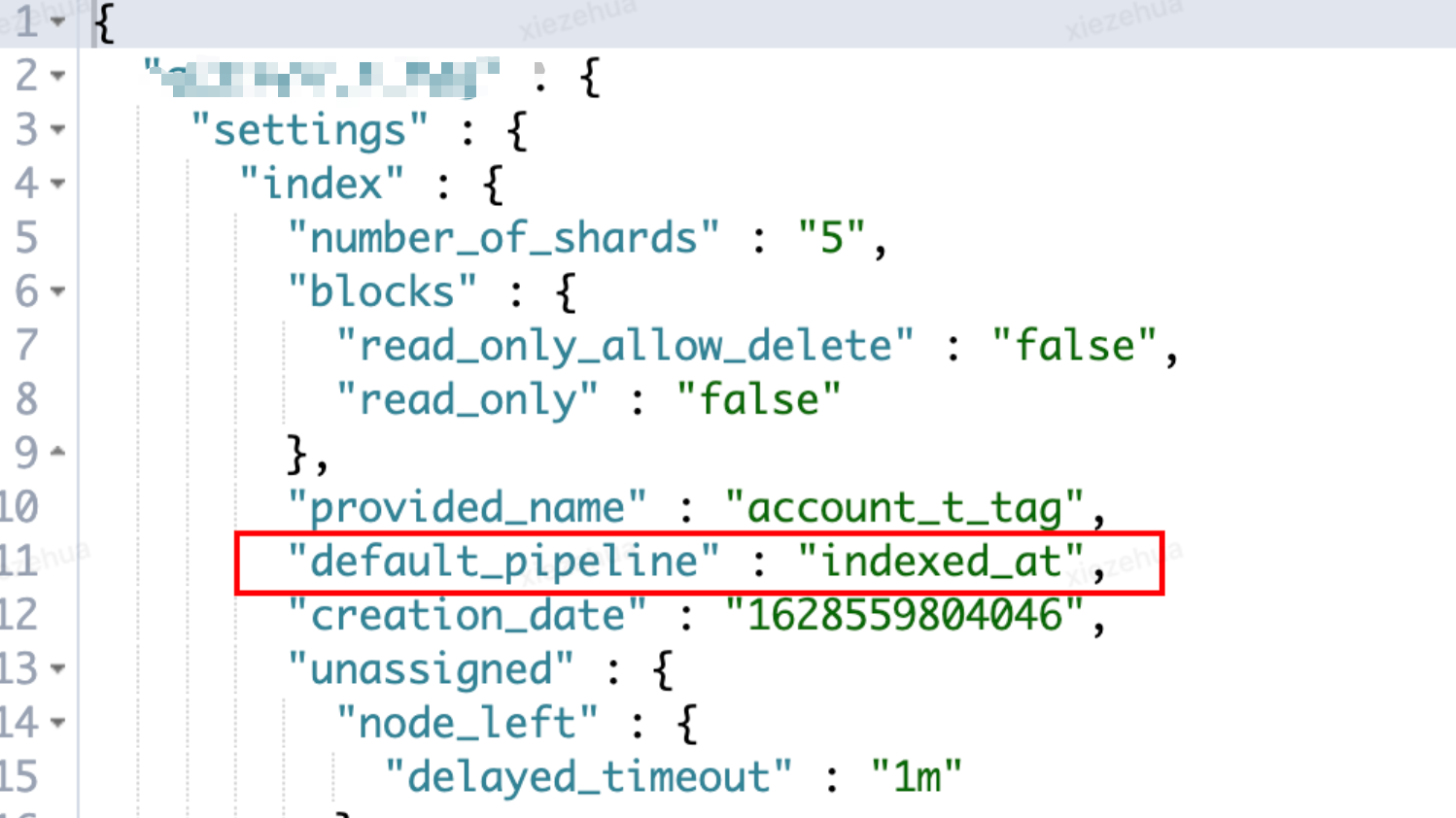
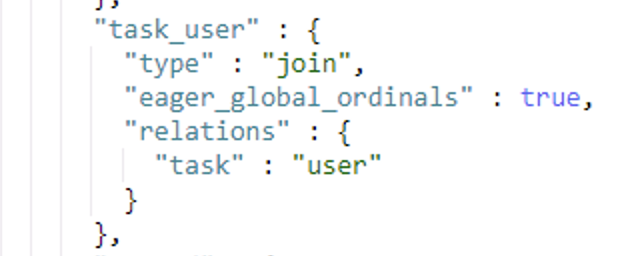
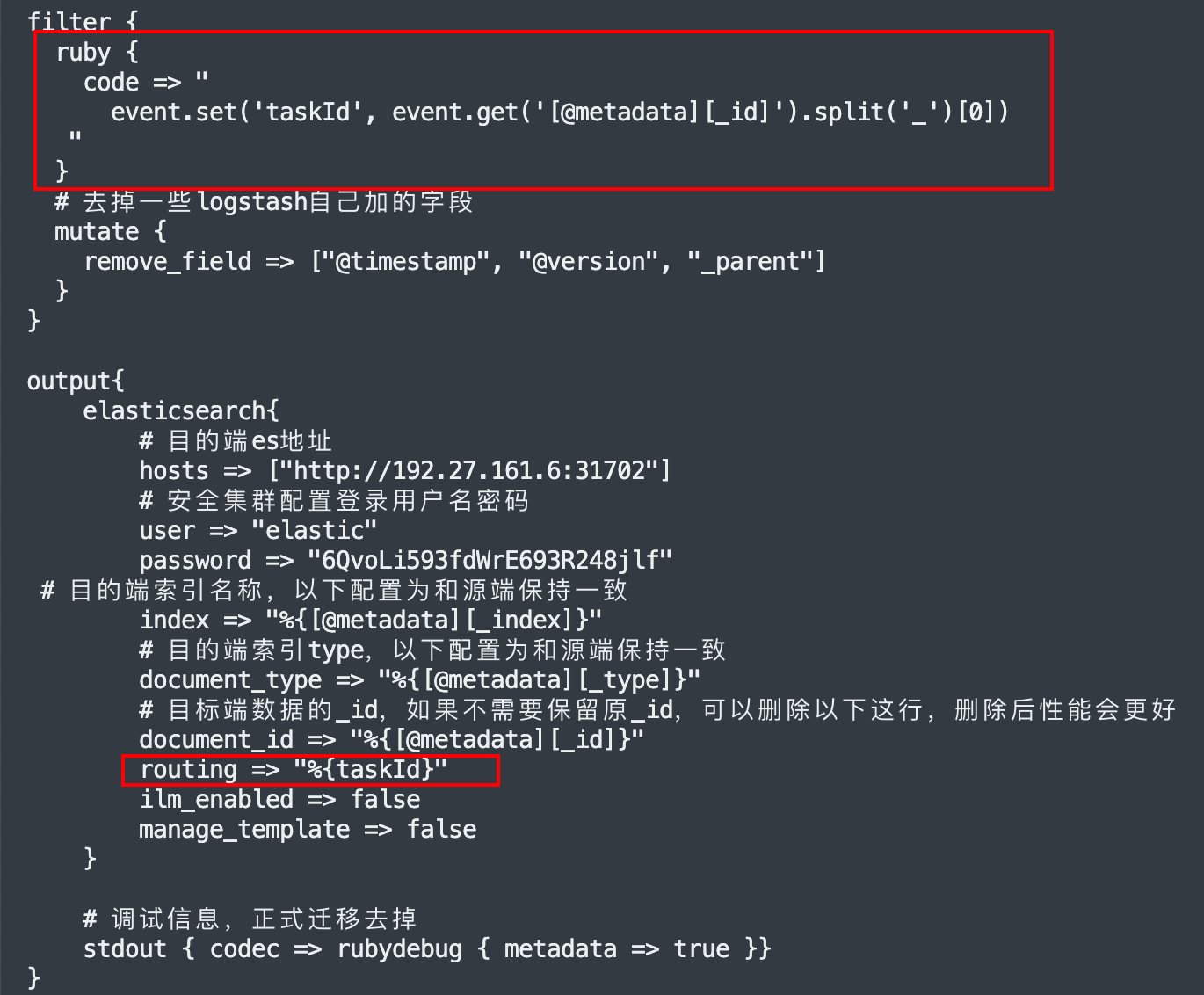









评论